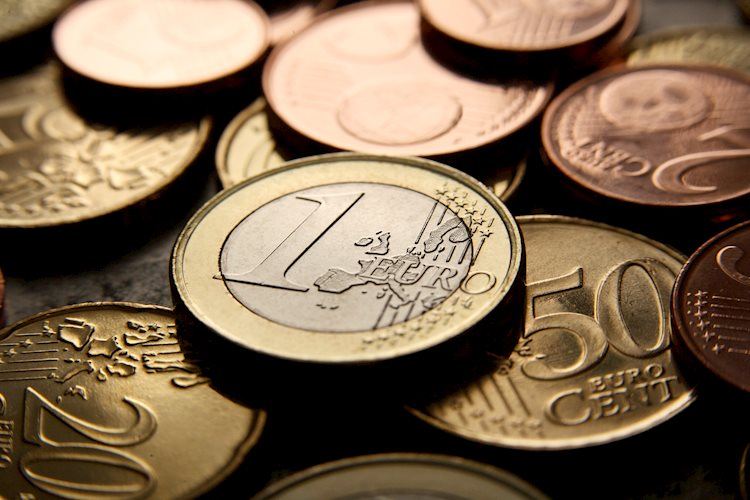EUR/USD has experienced a decrease of eight-tenths of a percent throughout the week, with Fiber bids taking a hit due to uncertain statements from ECB planners. The upcoming EU and US PMI figures set to be released on Thursday are expected to bring about a new wave of momentum to the market. On Wednesday, the Euro continued to decline as traders await the PMI figures on Thursday, causing the EUR/USD pair to hit a 16-week low. ECB officials have emphasized the need for caution when considering future rate cuts, further contributing to the descent of the Euro.
As the global PMI figures are scheduled for release on Thursday, anticipation among traders is high, particularly for the pan-EU PMI survey results. Median market expectations project a slight increase in the October EU Services PMI to 51.6, up from September’s 51.4. In contrast, the US PMI figures are expected to display a mixed outlook, with the Manufacturing component predicted to rise to 47.5 from 47.3, while the Services PMI component is forecasted to slightly decrease to 55.0 from 55.2.
The price forecast for EUR/USD indicates a continued downward trajectory as the pair tests support levels near 1.0780. Recent price movements have shown a significant breakdown below both the 50-day EMA and the 200-day EMA, signaling a shift towards a bearish market sentiment. The MACD indicator remains in bearish territory, suggesting sustained downward momentum. Traders should remain wary of oversold conditions and monitor key support levels for potential shorting opportunities.
The Euro serves as the currency for 19 European Union countries within the Eurozone and is the second most heavily traded currency globally behind the US Dollar. The European Central Bank (ECB) in Frankfurt, Germany, regulates monetary policy for the Eurozone and emphasizes maintaining price stability. Factors such as inflation data, economic indicators, and trade balances play a significant role in influencing the Euro’s value in the foreign exchange market.
Inflation data, as measured by the Harmonized Index of Consumer Prices (HICP), has a direct impact on the Euro. Higher-than-expected inflation rates may prompt the ECB to raise interest rates, strengthening the Euro. Furthermore, economic indicators such as GDP, PMIs, employment rates, and consumer sentiment can influence the direction of the Euro in the foreign exchange market. A strong economy attracts foreign investment and may lead to interest rate hikes, bolstering the Euro’s value.
Additionally, the Trade Balance indicator, which measures the difference between a country’s exports and imports, also impacts the Euro’s value. Higher demand for a country’s exports can strengthen its currency, while a negative trade balance can lead to currency depreciation. Monitoring economic data releases and key indicators for the Eurozone, particularly for major economies within the region, is essential for traders looking to navigate the fluctuations of the EUR/USD pair in the foreign exchange market.































